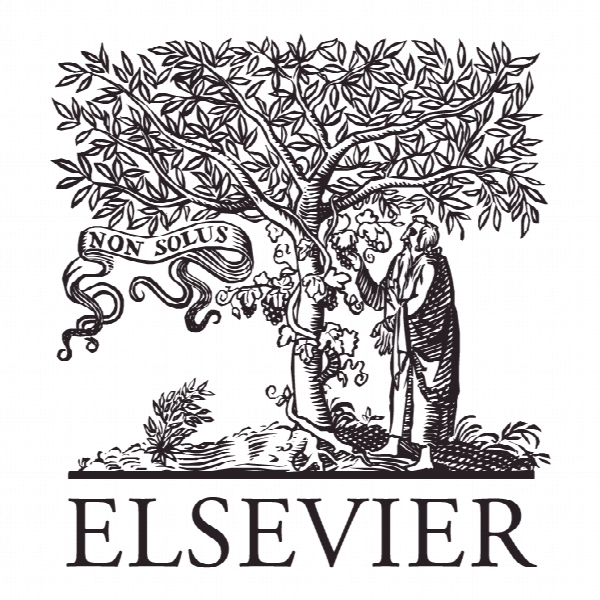آنالیز بی ثباتی و پایداری چندگانه شبکه های عصبی بازگردنده با تاخیر زمانی Multistability and instability analysis of recurrent neural networks with time-varying delays
- نوع فایل : کتاب
- زبان : انگلیسی
- ناشر : Elsevier
- چاپ و سال / کشور: 2018
توضیحات
رشته های مرتبط کامپیوتر، فناوری اطلاعات
گرایش های مرتبط شبکه های کامپیوتری
مجله شبکه های عصبی – Neural Networks
دانشگاه Huazhong University of Science and Technology – China
منتشر شده در نشریه الزویر
کلمات کلیدی انگلیسی Recurrent neural networks, Multistability, Instability, Time-varying delays
گرایش های مرتبط شبکه های کامپیوتری
مجله شبکه های عصبی – Neural Networks
دانشگاه Huazhong University of Science and Technology – China
منتشر شده در نشریه الزویر
کلمات کلیدی انگلیسی Recurrent neural networks, Multistability, Instability, Time-varying delays
Description
1. Introduction Recently, cellular neural networks (CNNs) have attracted much attention from both academic and industry communities due to their wide applications in image processing, pattern recognition, associative memory and their ability to tackle complex problems, for example Chen and Rong (2003), Chen, Zhang, and Lin (2016), Chua and Yang (1988), Cohen and Grossberg (1983), Kosko (1988), Liu, Li, Tong, and Chen (2016c), Liu and Michel (1993), Lu, Wang, and Chen (2011), Maundy and El-Masry (1990), Thiran, Crounse, Chua, and Halser (1995), Wang, Shen, Yin, and Zhang (2015), Wang, Sun, and Mazenc (2016), Wen, Zeng, Chen, and Huang (2017), Wen, Zeng, Huang, Yu, and Xiao (2015) and Yuan and Cao (2005). Recurrent neural networks (RNNs) are regarded as another kind of neural networks, which have more abundant dynamic properties. It is necessary to further research and study recurrent neural network. The stability analysis of neural networks for steady-state solution (equilibria or invariant orbit) is the prerequisite and foundation in practical application, see, e.g., Cao (2001), Chen, Ge,Wu, and Gong (2015), Chen and Wang (2007), Di Marco, Forti, and Pancioni (2016), Huang, Fan, and Mitra (2017), Nie and Zheng (2015a), Wen, Zeng, Huang, and Zhang (2014), Zeng, Wang, and Liao (2003) and Zhang and Shen (2015). In an associative memory neural network, the dynamic evolution process from any initial state to its adjacent equilibrium points or adjacent periodic orbits can be considered as a process of associative memory, which requires multistability or multiperiodicity to provide theoretical analysis. In other words, in order to have the effect of associative memory in neural networks, memory model is designed for equilibrium points or periodic orbits. In addition, multistability or multiperiodicity is of great interest in both theory and practice (Cao, Feng, & Wang, 2008; Liu, Zeng, & Wang, 2016a; Nie, Zheng, & Cao, 2015; Shayer & Campbell, 2000; Zhang, Yi, & Yu, 2008; Zhang & Zeng, 2016). In recent years, there are still many interesting topics of the multistability of neural networks and the topics have been widely discussed (Cheng, Lin, & Shih, 2006; Cheng, Lin, Shih, & Tseng, 2015; Di Marco, Forti, & Pancioni, 2017; Kaslik & Sivasundaram, 2011; Liu, Zeng, & Wang, 2016b; Nie, Cao, & Fei, 2013; Nie & Zheng, 2015b; Nie, Zheng, & Cao, 2016; Wang & Chen, 2012, 2014, 2015; Zeng & Wang, 2006; Zhang, Yi, Zhang, & Heng, 2009). It should be noted that most existing results are concerned with the neural networks with bounded activation function or bounded time delays. For instance, in Zeng and Wang (2006), by decomposition of state space ℜn into 3n areas, some conditions were derived to ensure the existence of the multiperiodicity of CNNs, and to acquire 2n stable periodic trajectories. Specially, 3n equilibria in the Hopfieldtype neural networks are obtained in Cheng et al. (2006). Besides, it was shown that convergence and multistability of DM-CNNs in the general case of nonsymmetric interconnections could be investigated in Di Marco et al. (2017).


